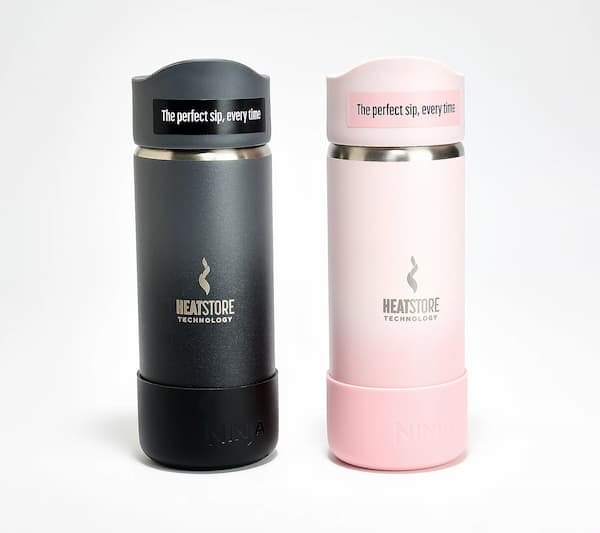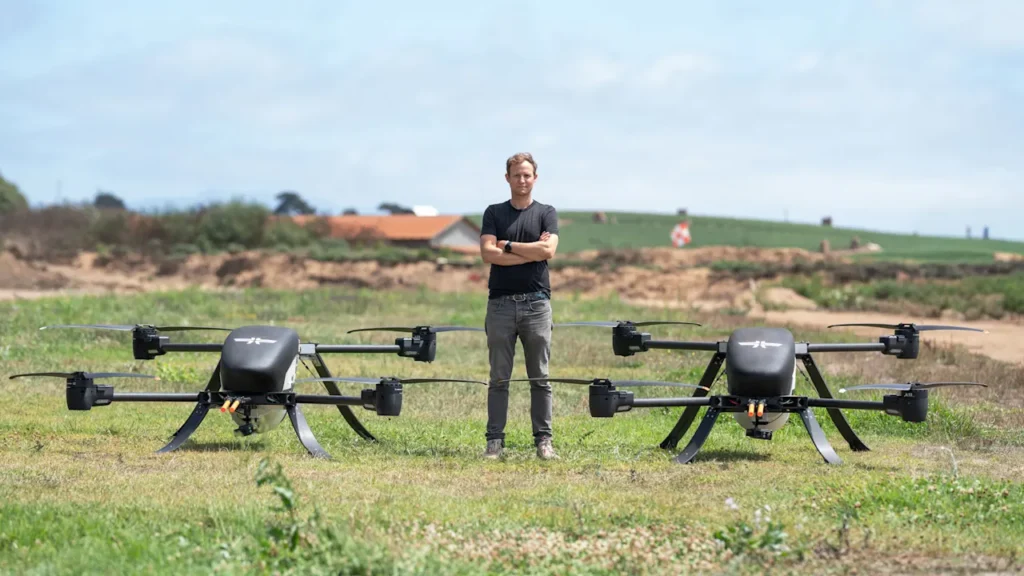
On a recent weekday in Aspen, Colorado, Stu Landesberg stood with a group of firefighters on a mountainside and watched a drone take off and fly toward a simulated fire. The drone detected the “hotspot”—a pile of ice, since wildfire risk was too high that day for real flames—and then aimed and blasted it with fire suppressant.
The test flight was one of thousands that Landesberg’s startup, Seneca, has run while operating in stealth mode over the last several months. The company officially launched today, announcing that it has raised $60 million. It aims to reshape wildfire response—and help protect wildfire-prone communities in a way that hasn’t been possible until now.
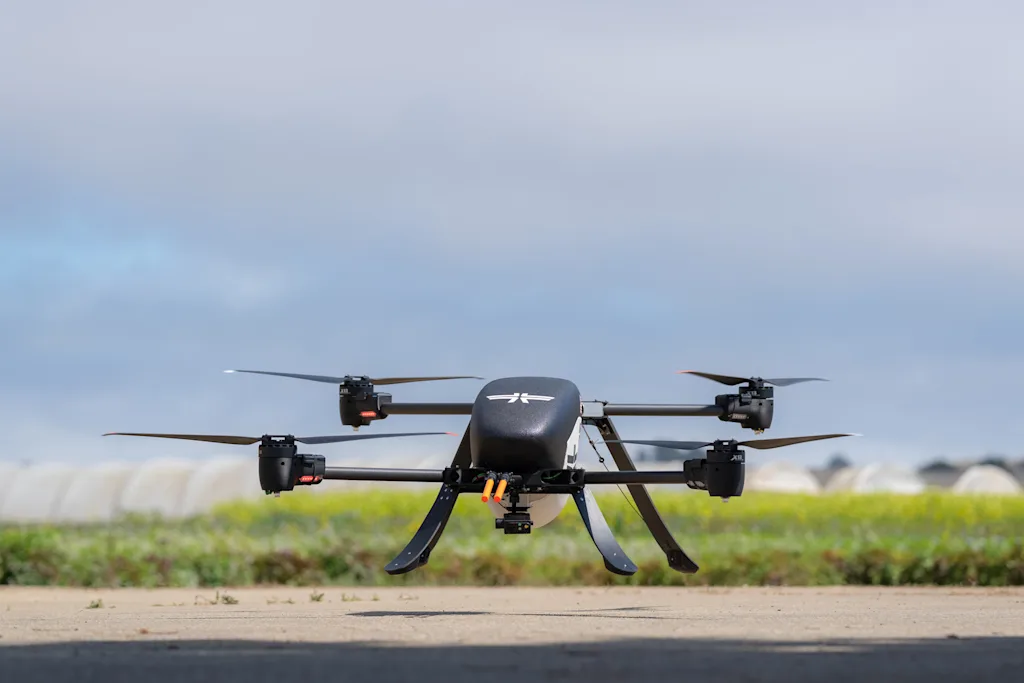
“Once I started learning about this problem, I became obsessed with it”
For Landesberg, the startup represents an unexpected pivot. Since 2012, he’d led Grove, the consumer products company known for cutting plastic waste in packaging. But in late 2023, the company brought in a new CEO, former Amazon executive Jeff Yurcisin, to help it grow. Landesberg became chairman of the board, and started to think about what he wanted to take on next.
“I looked around at the problems that were enormous—planetary scale,” he says. That list included wildfires, a challenge that he was intimately familiar with as a Californian. As fires have dramatically increased in recent years, he lost fire insurance on his own house. His father-in-law’s house also went through a fire.
The wildfire crisis keeps growing. Fires are now burning eight times more land in the West each year than they did in the mid-1980s. In 2020 alone, 4.3 million acres burned in California, an area larger than the entire state of Connecticut and most of Rhode Island. Insurers are hiking rates in the state or pulling out of some areas completely; a state-run last-resort insurance plan is struggling.
“If you lose your fire insurance, you can’t get a mortgage,” Landesberg says. “And if you can’t get a mortgage, what is going to happen to the American West? If we want to continue living in the American West, we absolutely have to figure out a way to live there without our communities being at risk of burning down.”
It’s not just California. Texas experienced its largest fire in state history last year, covering a million acres. In the Great Plains, fires are happening more often than in the past, and covering more area. Places that previously weren’t as likely to burn, like Quebec and other parts of Canada, are increasingly catching fire. Last fall, as parts of the East Coast saw record drought, fires spread across New Jersey and Massachusetts. Globally, nearly a billion acres burned last year. Climate change will keep making the problem worse.
“Once I started learning about this problem, I became obsessed with it,” Landesberg says. More than 100 million Americans are living at risk of fire, he explains: “It’s one of those things that until you really study it, you don’t quite realize just how big the problem is. . . . It costs the U.S. economy something like a trillion dollars a year.”
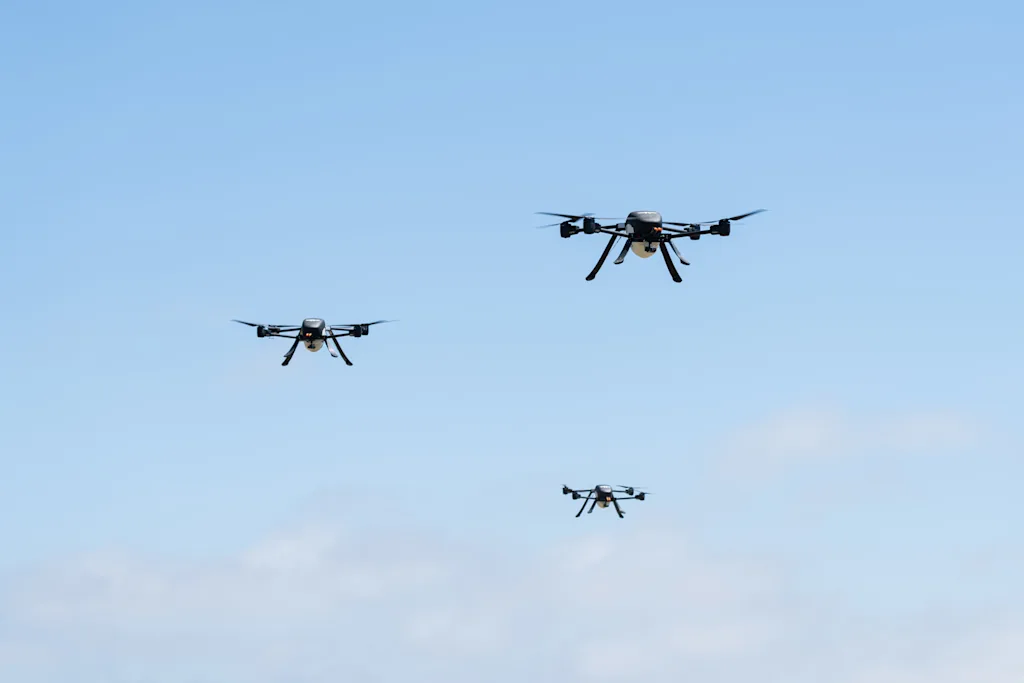
A new type of fire response
In early 2024, Landesberg dove into research. He rode along with firefighters, studied fire science, and began conversations with potential partners. He also looked at other tech under development. The world of fire tech is quickly growing: after Silicon Valley choked on smoke from the deadly Camp Fire in Paradise, California in 2018, and the sky in San Francisco turned orange from smoke in 2020, several other founders also began exploring how technology could help.
Some of those solutions are in use now. Pano AI, which uses cameras and AI to detect smoke and alert firefighters, now has hundreds of cameras monitoring more than 50 million acres around the world. (In one example of its use, when lightning struck a remote mountain in Colorado last year, the system was the only source to report the fire. It gave firefighters coordinates in minutes, and helicopters and ground crews were able to stop the blaze.) BurnBot, another startup, helps safely burn dry vegetation to create fire breaks.
Landesberg saw an opportunity for new tech to help with another part of the challenge—how to help firefighters quickly respond when a fire begins. “If you talk to many of the chiefs on the front lines in the most high-risk communities, they will tell you that it’s all about catching the fire when it’s small,” he says.
In hard to reach areas like a steep California canyon, helicopters are often the fastest way to reach a fire. But because they’re very expensive, their numbers are limited. When conditions are at their worst and many fires are happening simultaneously, a helicopter might not be available. High winds and poor visibility at night can also stop helicopters from flying. In some cases, when trucks can’t reach a fire, fire crews have to hike to remote areas on foot.
By the fall of 2024, Landesberg and his founding partners had decided to build drones that could autonomously navigate to fires and suppress them. (Some other startups are working on related solutions, like Dryad, which also makes technology to detect fires.) They started building prototypes. By early 2025, they were testing the drones with fire agencies.
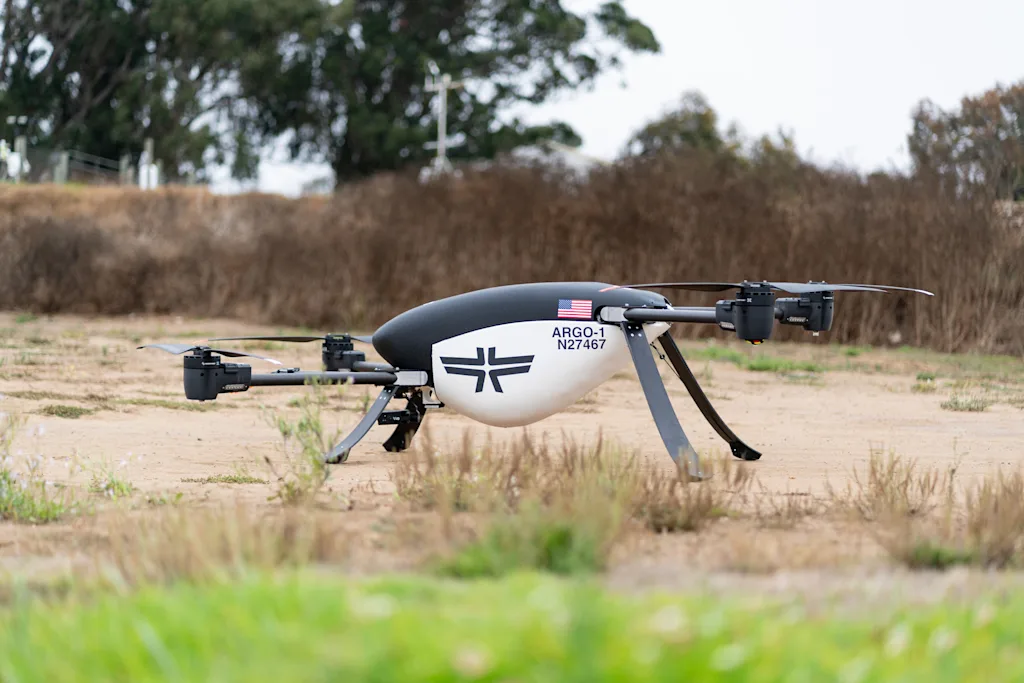
How the technology works
The drones are designed to fly in strike teams of five aircraft, each carrying 100 pounds of fire suppressant. Fire agencies and utilities could station them in remote areas, so they’re ready to fly autonomously as soon as a fire is detected. The swarm of drones can spray a line of firefighting foam that’s around three feet wide and 1,280 feet long—enough to stop or meaningfully slow a fire. Then they can fly back to their base, reload, and return.
One selling point of the drones is that they can fly closer to a fire than a helicopter or plane could, and target an exact position on the ground. “You kind of get one shot with a helicopter, whereas with drones, you can lay patterns and lines and just do that more precisely,” says Bill Clerico, founder of Convective Capital, a wildfire-focused VC firm that co-led the startup’s fundraising round.
Drones are at the right stage in development for this type of application. “We’re at this interesting inflection point in drone technology where the batteries are getting much better, the motors are getting much better, they’re getting lighter, they can carry much more,” Clerico says.
They’re also far less expensive than the helicopters that are currently used. The company hasn’t shared exact costs, but Landesberg says that a group of five drones will be in the high hundreds of thousands or low seven figures; operating a helicopter is also extremely expensive, whereas drones run at a marginal cost.
“It’s totally clear that aerial suppression needs to be part of the solution and part of the future,” Landesberg says. “It’s also totally clear that the cost of today’s aerial suppression apparatus is incredibly high—so high that it means you can’t get enough of them. Our intention is to build something that can be low enough cost that you can station them remotely and dedicate them to fast response in a high-risk area.”
In conditions where a fire moves very quickly—like a hot, windy day after months of drought—reaching a fire even minutes earlier could help stop the spread. Drones could also be used to support fire crews during controlled burns. The company’s goal is audacious: to eliminate the risk of wildfire across 500 million acres in the U.S. and other countries by 2035. When I ask if that’s even possible in a world made so much more flammable by climate change, Landesberg says that it simply has to be done.
“I think it has to be solved,” he says. “I think there’s two options: either we give up or we believe that we can do it. There is no middle ground.” Later, he adds that he believes society is at an inflection point where it can build the technology to create a resilient future. “I’m optimistic, perpetually, because I don’t think there’s any other way to be,” he says. “It’s not that I think the problem is going to get easier. I just think we have to acknowledge it’s going to get harder and we have to work.”
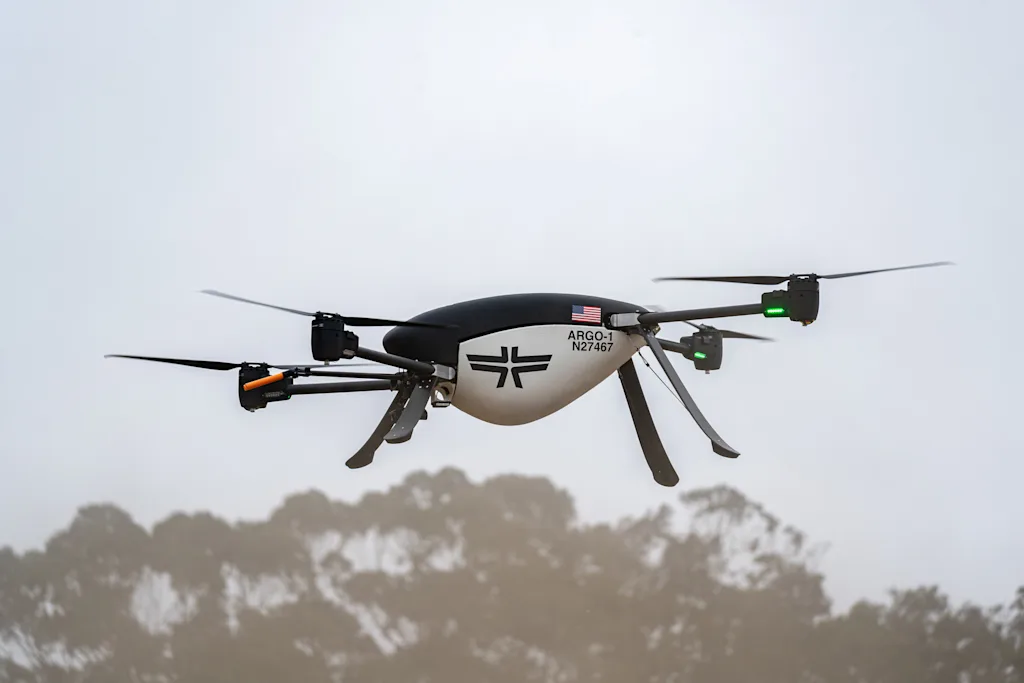
Getting in the air
As Seneca’s team worked on the design of the drones, they worked closely with fire agencies to vet the approach. “One of the really wonderful things about having been a consumer founder first is that I think Seneca has incredible ‘listen to your customer’ DNA,” Landesberg says. The team also includes former firefighters.
After test flights with agencies in different states, they kept iterating. The foam pump, for example, was initially designed at an angle based on typical California fires. But after meeting with fire departments Montana and Wyoming, where fires from lightning strikes are more common, they realized that the nozzle needed to also be able to point downward at the base of a fire. Now it can adjust as needed.
The drones have gone through extensive testing, including hundreds of missions on live fires, and now the company plans to test final edge cases before shipping the product next year. It “needs to be perfectly hardened before we hand it off to an operator that we fully expect to be using this in mission critical environments,” says Landesberg.
Fire agencies are often slow to adopt new technology, but have been enthusiastic so far. “There’s a joke in the fire service that it’s 300 years of tradition unimpeded by progress,” says Clerico. “It’s a very traditional culture. That said, I think in wildland firefighting there’s a broad acknowledgment that the current tools we have are not working and we need to try new things. The crisis has reached a breaking point and people are willing to try new stuff. So it feels like the right time to build this company.”
Because of the immense economic damage from wildfires—homes are losing value, insurance companies have lost hundreds of billions, the utility company PG&E went through bankruptcy, governments spend billions fighting fires—there’s also huge demand for solutions that could work.
“This is a big bet—that these technologies will work well and be deployed at scale,” says Clerico. “There’s certainly risk in that. But if it works, it could be an absolutely enormous company. These Seneca stations could be at every utility substation and every fire station in the West.”

